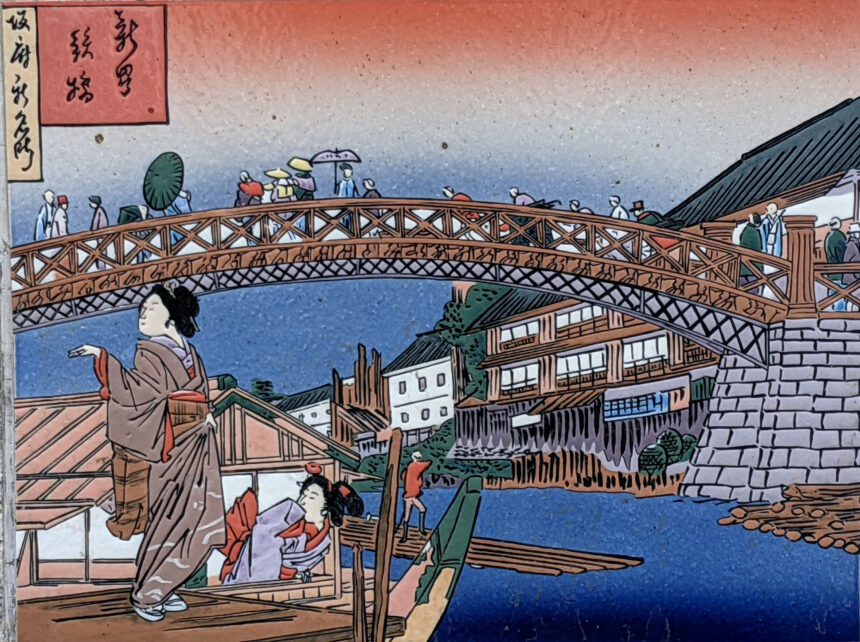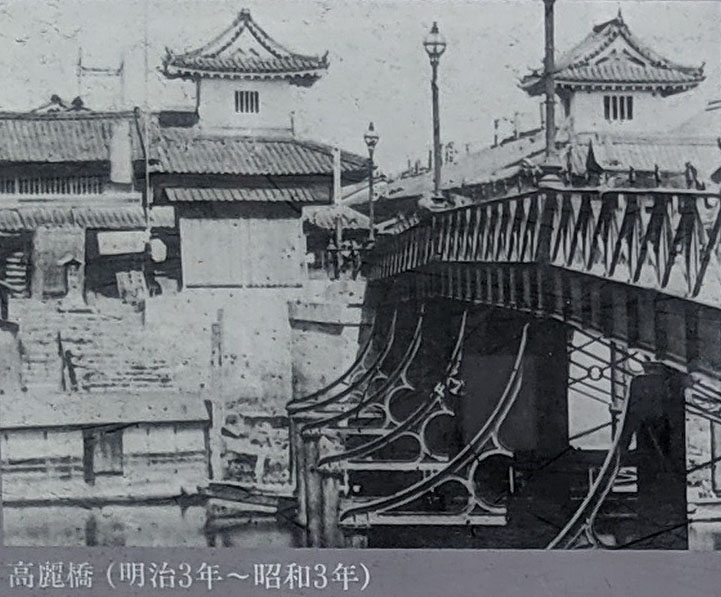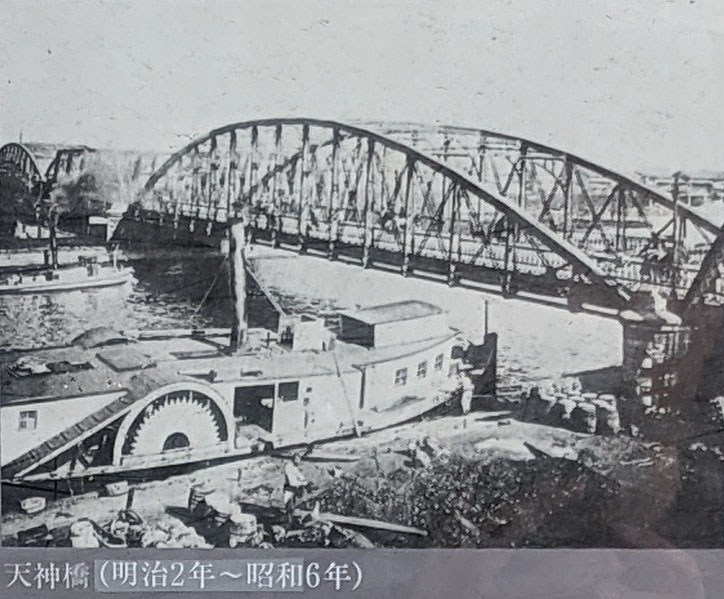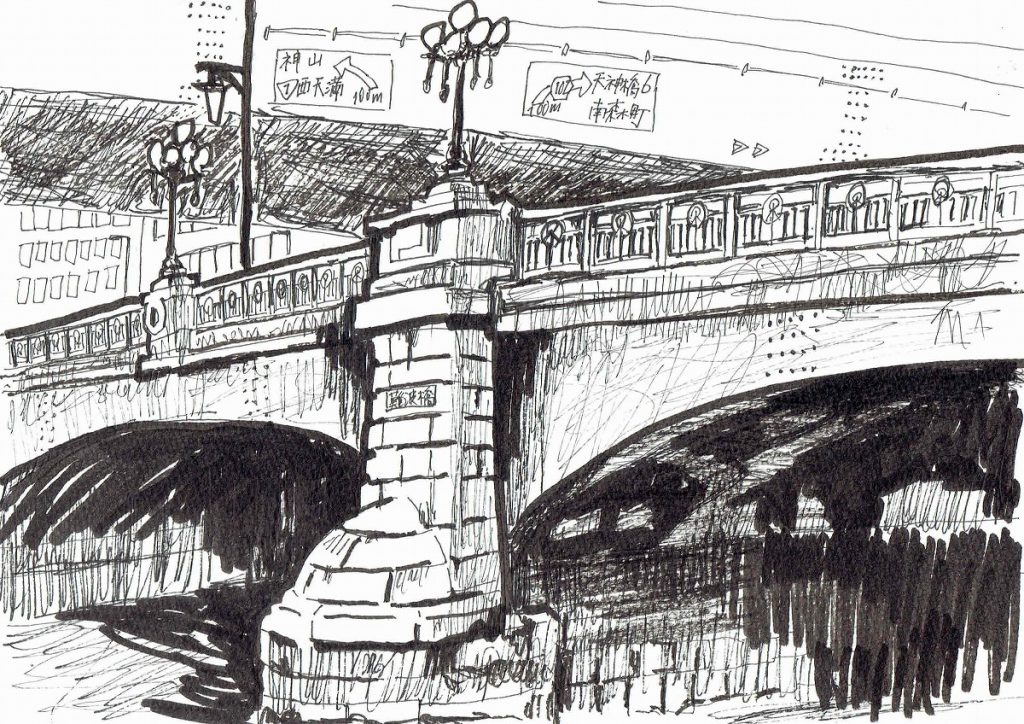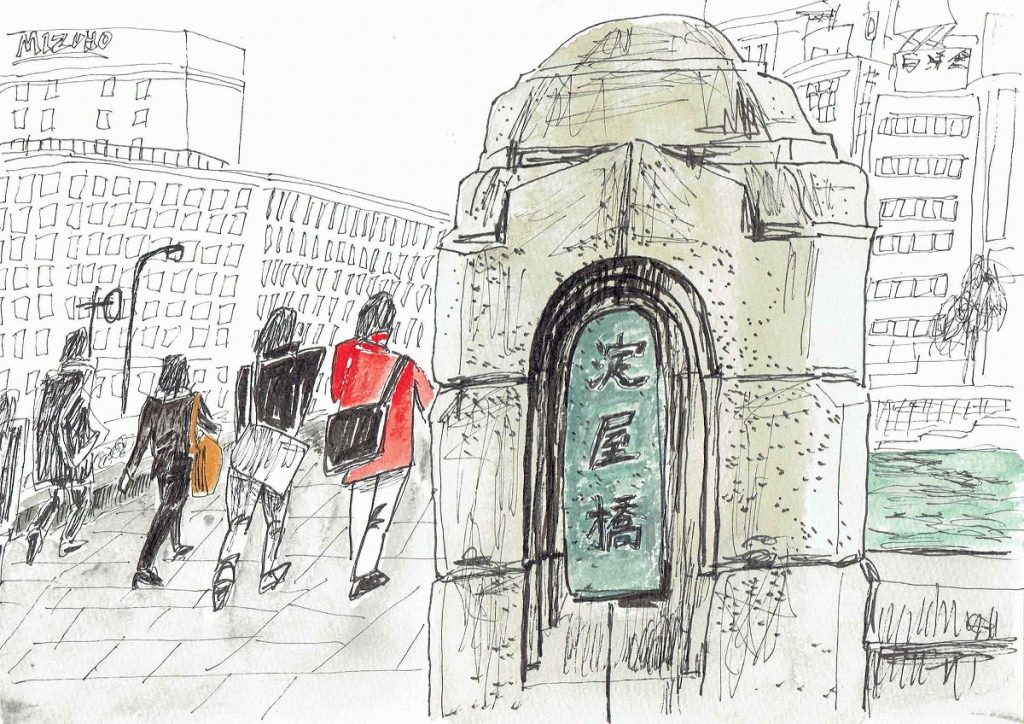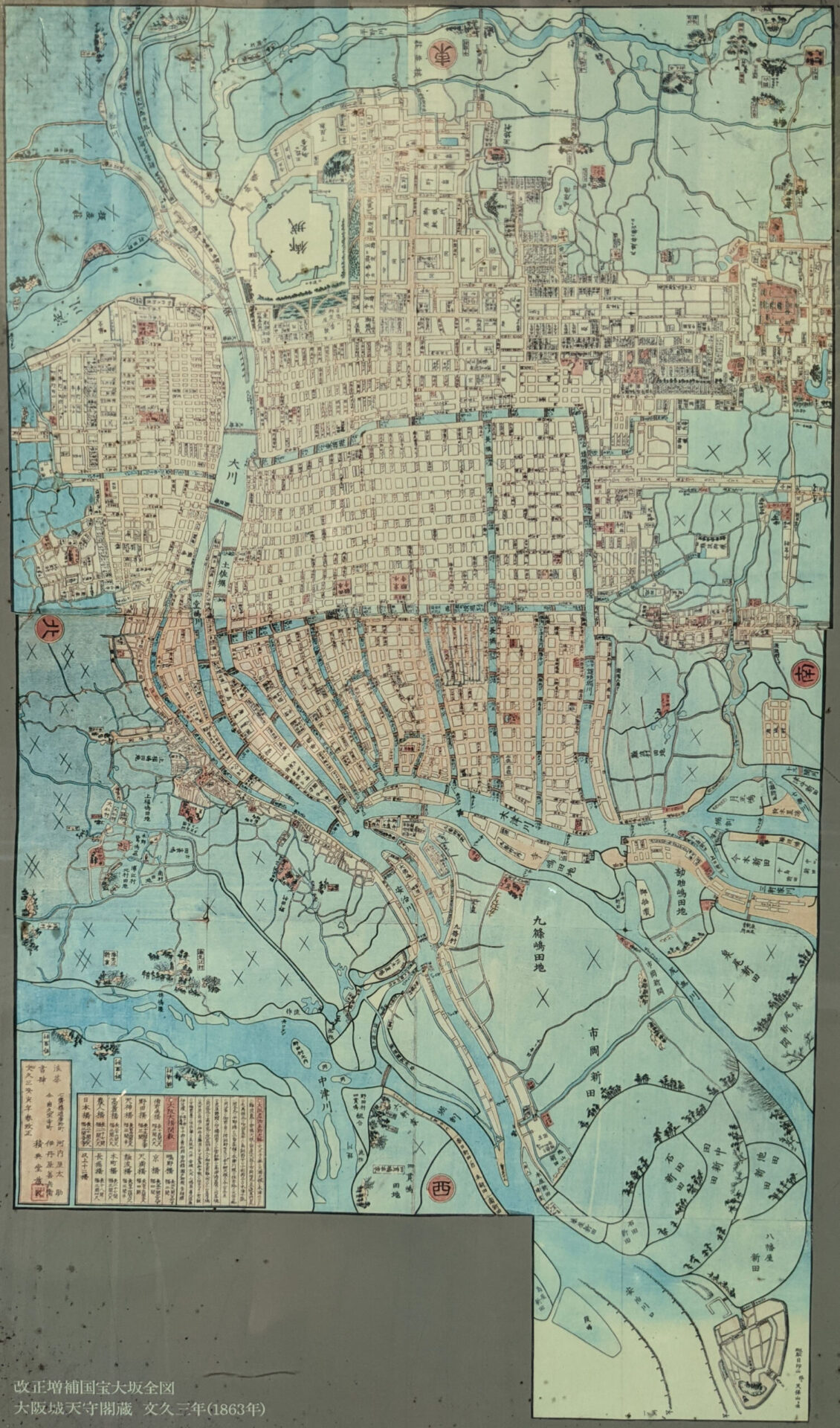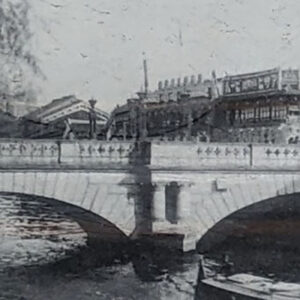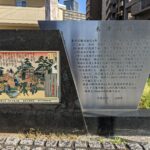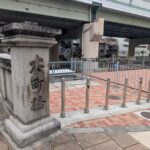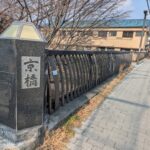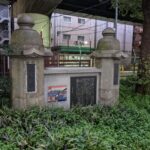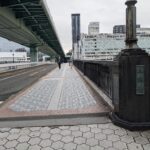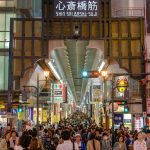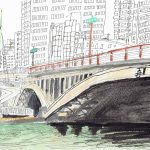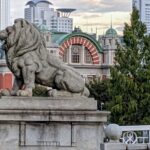The 808 Bridges of Naniwa (Osaka)
Osaka: A City of Canals and Bridges
Osaka is a city of countless canals, where numerous town bridges span the waterways. These bridges have played a vital role in the city’s development, supporting commerce and daily life for centuries.
Contents
A Merchant City Flourishing Through Water Transport
Edo had its 808 districts, Kyoto had its 808 temples, and Osaka, once known as Naniwa, had its 808 bridges. These phrases were used during the Edo period to symbolize the vibrancy and prosperity of each city.
In Tōkaidōchū Hizakurige, it is written:
“First, the 808 districts of great Edo—prosperous and never-ending.”
Of course, no one actually counted 808 towns or temples. The number was figurative, representing an abundance of bustling places. In reality, Osaka had about 200 bridges at the time.
By comparison, Edo had approximately 350 bridges—a testament to its status as the shogun’s capital and Japan’s largest city. With more people traveling, more bridges were naturally needed. In that sense, Edo was arguably even more of a city of bridges than Osaka.
So why was Osaka called Naniwa no Yaoya-bashi—the City of 808 Bridges? The reason lies in its identity as a merchant city thriving on water transport, where most bridges were built and maintained by the townspeople themselves, rather than the government.
136 Bridges in the Heart of Osaka’s Three Districts
In 1701 (Genroku 14), the central area of Osaka, known as Osaka Sangō (the Three Districts), had 136 bridges.
Bridges were built for different reasons—some by rulers for military purposes, others by wealthy merchants investing in their businesses, and many by townspeople who pooled their funds to improve daily life.
In 1634 (Kan’ei 11), when the third shogun Tokugawa Iemitsu visited Osaka, the bridge management system was restructured. Twelve major bridges were designated as public bridges (Kōgi-bashi), meaning they were under direct government control.
However, the remaining 100+ bridges were classified as town bridges (Machi-bashi). Their maintenance was funded and managed by the townspeople living nearby.
As Osaka’s urban development progressed, more bridges were added alongside flood control projects. However, the number of public bridges remained limited to just 12.
This reflected how crucial water transport was to Osaka’s economy and demonstrated the financial strength of its merchants.
For comparison, Edo had around 170 government-maintained bridges, highlighting the contrasting nature of the two cities.
A City Built by Its Own People
Osaka was, and still is, a city of merchants—a city built by its own people. Its prosperity was fueled by trade, and trade was sustained by water transport.
That is why Osaka is filled with canals, spanned by countless town bridges.
That is why Osaka earned the name:
The City of 808 Bridges.
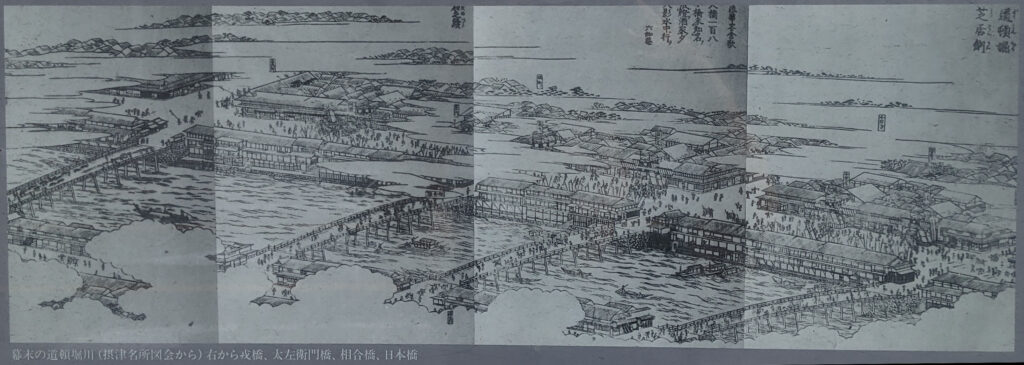
Dōtonbori River in the Late Edo Period (From Settsu Meisho Zue)
From right to left: Ebisubashi, Taizaemonbashi, Aiaibashi, and Nihonbashi.
Revised and Expanded National Treasure Map of Osaka
Stored in Osaka Castle Tenshukaku – Bunkyū 3 (1863)
The left side represents north, and the right side represents south.
[Click here for the enlarged map.]
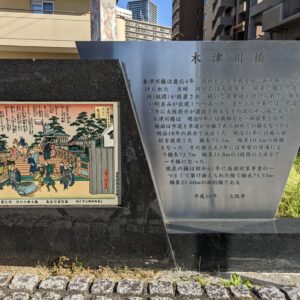
Discover Local Bridges Learn About History and the Development of the Town Through Bridges Hidden Stories Behind Ordinary Bridges: Rediscovering t...
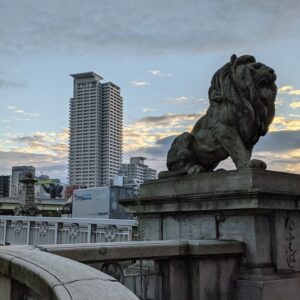
A Blog Focused on Bridges Stories of Bridges Seen in Osaka and Beyond Hidden Stories Behind Bridges: The Diverse Forms and Roles of Bridges Across J...
